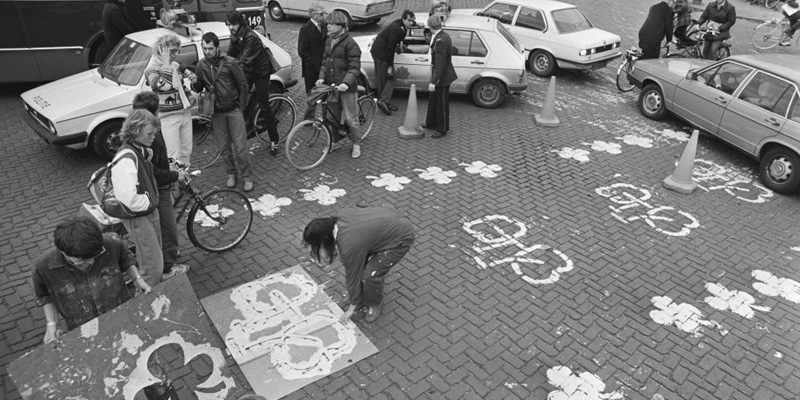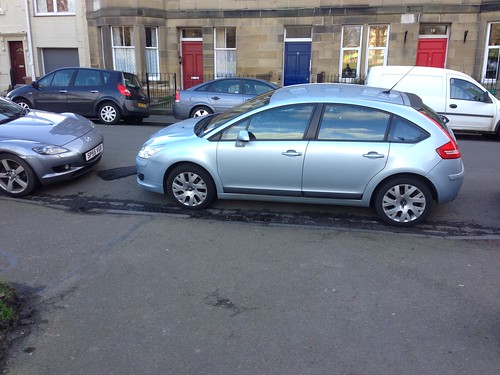I have written to Pedal on Parliament as follows:
Dear colleagues,
If you have been following the debate about cycle networks on the City Cycling Edinburgh forum, you will know that some people are of the opinion that planning a network is "a paper exercise" and "internet whimsy". However, that's not how I see it.
"Good plans shape good decisions. That's why good planning helps to make elusive dreams come true." — Lester Robert Bittel
and,
"To accomplish great things, we must not only act but also dream; not only plan but also believe." — Anatole France
It has also been suggested that if I wanted to do some real influencing, I should join the thousands of others who are planning to Pedal on Parliament. A link was posted to your website, and of course, I've had a look around.
In the blog entitled, Why £10 per head is not enough, you write: "If people are to use their bikes to get about, they need a network in their area that is extensive and densely connected."
In the blog entitled, A mountain to climb, you note that between 2001 and 2011 the number of journeys to work made by bicycle increased by 0.07%. Clearly whichever strategy has been in place during this period hasn't made the slightest bit of difference. However, as you also point out: "There is a simple solution."
You invite us to consider the case of Seville, which has seen cycling numbers increase tenfold in just six years. As you say, this was achieved "through a concerted political effort to build a joined-up safe cycling network".
The LCC report on Seville (which you link to) explains how Jose Garcia Cebrian, head of urban planning and housing at Seville city council, took the view that for any city-wide cycle project to be a success, "cycle lanes had to form a joined-up network that people would really use". Cebrian approached Manuel Calvo to help design and rapidly implement such a network [my emphasis].
Seville's cycling group A Contramano has also helped to push the cycling agenda forward. Co-founder and former president, Ricardo Marques Sillero, said that getting the basic network to work very quickly was one of the keys for their success in Seville. "Sometimes politicians want to check first if the idea works," he observed, "for instance making one or two isolated bike paths before making a stronger decision. But isolated cycle paths are almost useless if they’re not connected, making a network from the beginning. Therefore people don’t use them and the politician becomes disappointed.”
Point 2 in your manifesto states: "Each local authority should commit to creating a dense network of direct and dedicated cycling routes with separation from traffic where needed, particularly on busy roads."
Clearly this is an area where we have common cause. Interestingly, you refer to Cycling England's Cycling City and Towns project, and here they developed cycle routes which ultimately proved to be more convenient for motor traffic than for bicycle traffic (that is, they went around the houses). Little surprise that this project returned such a relatively modest payback when compared to the other initiatives you refer to.
You are asking for proper funding for cycling, and that's right, but I am saying to you that you need to be absolutely clear about the best way for this money to be spent. The Cycling Demonstration Towns and the LCN+ were poorly conceived, and do not make for exemplars of good practice.
Plan, study and then "introduce" a cycle network. Why not? What's the better plan?
Regarding a time-frame, I have suggested that the network be "introduced" in just six weeks. On second thoughts, it might be that sixty days is more appropriate (as explained here).
Finally, Point 8 in your manifesto demands solid research on cycling. Have you seen this study from the States? The final report — Selling the safety paradox — is well worth a read. "Talk about safety only if you have to," it says.
Best of luck on the day. I hope that the sun shines for you.
Regards,
Simon
P.S. I have already written to Spokes (i.e. several days ago) and I emphasised my very strong desire to work cooperatively on this. Of course I would like for you to be involved as well.
P.P.S. I like that Alasdair Gray quote.




 posts
posts
